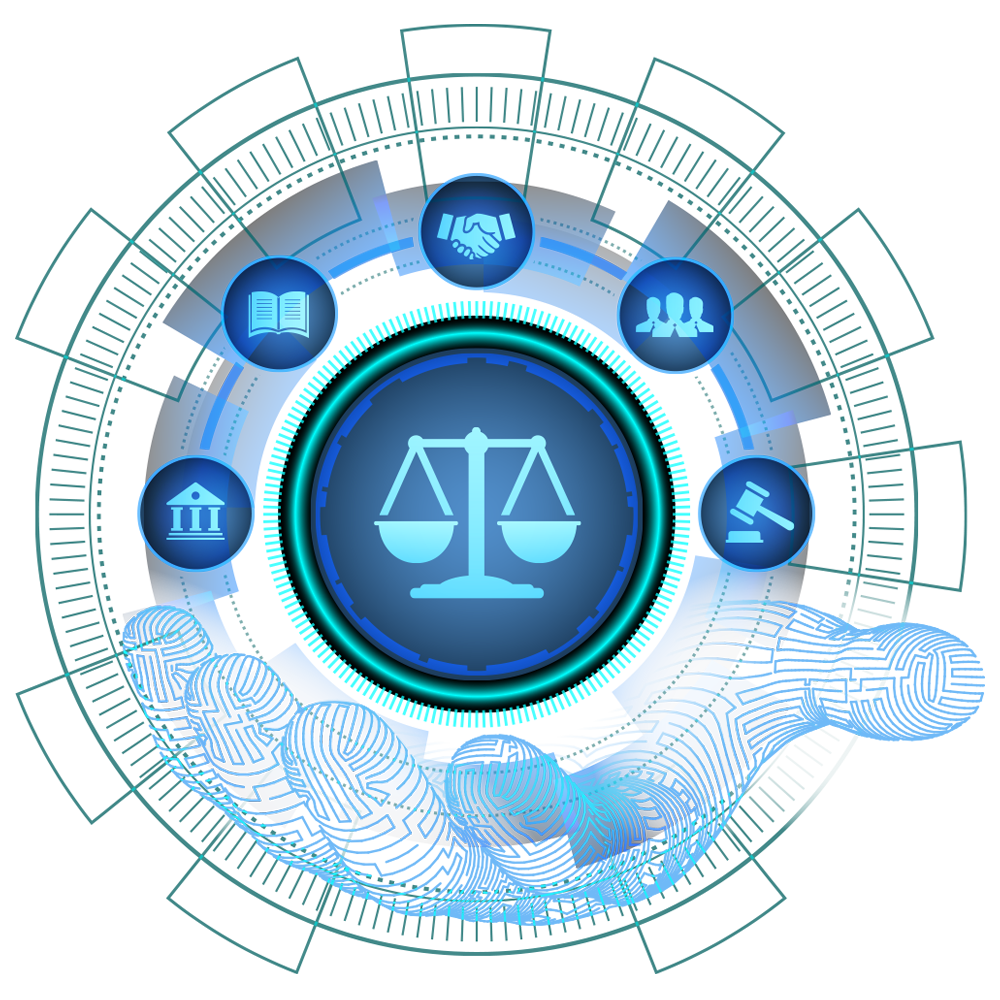Integrated workflows ease staff burden and satisfy regulatory mandates.
The Doctor Is Out? Many Americans Wait for Prescriptions; Most Want Physicians to Use Mobile E-Prescribing

April 29, 2021
The Doctor Is Out? Many Americans Wait for Prescriptions; Most Want Physicians to Use Mobile E-Prescribing
Despite mandates for electronic prescribing of controlled substances (EPCS), DrFirst survey shows that many doctors continue to write paper prescriptions
Rockville, Md. – Despite decades of growth in electronic prescribing, about half (53%) of Americans say some of their prescriptions are still sent to the pharmacy by phone, fax, or paper. They also often wait days for even urgently needed medications, according to a recent survey from health technology pioneer DrFirst. The survey also reveals that nearly three-quarters of Americans (72%) want their doctor to use a mobile e-prescribing tool when away from the office.
Most e-prescribing occurs within a physician’s electronic health record (EHR) system, which may not be readily available when providers are away from the office. For physicians on the move, mobile e-prescribing with a smartphone allows quick responses to patients in immediate need, provides convenient access from any location, and affords automatic safety alerts found in desktop systems for allergies and potential drug interactions. For patients, it means help in real time.
Waiting Is the Hardest Part
Nearly 4 in 10 (39%) Americans have had to wait at least overnight or the weekend for their doctor to get back into the office to send a prescription to the pharmacy, according to the survey. More than half of the patients were waiting for prescriptions for controlled substances, such as Percocet, Adderall, or Xanax.
“When a post-op or cancer patient is in pain on a weekend, or a sickle cell patient needs more medication during a crisis, waiting isn’t an option, and these patients often end up in the emergency department unnecessarily,” said Colin Banas, M.D., chief medical officer for DrFirst.
Scrapping the Paper
Despite the industry’s claim of widespread adoption of e-prescribing, nearly three-fourths (72%) of Americans surveyed say their doctors still provide paper prescriptions for controlled substances. Until 2010, when DrFirst developed the technology for electronic prescribing for controlled substances (EPCS), all prescriptions for controlled substances were required to be written on paper. Since that innovation, EPCS is now mandated by many states and will be required by the federal government in 2022, helping prevent opioid abuse, avoid prescription fraud, improve prescribing safety, efficiency, and patient satisfaction. Despite these pending mandates, many providers continue to give patients paper prescriptions.
“At this point, there is simply no reason for physicians to continue keeping spare prescription pads around the office, and especially not using paper prescriptions for controlled substances,” said Banas. He noted that doctors might be continuing to do so if their current system doesn’t include EPCS functionality or if they don’t have convenient access to their practice’s system when they are away from the office. “That’s why a mobile app like iPrescribe can make such a difference for patients. It’s a convenient, safer, and more secure option that doctors can use wherever they are.”
With more than 4.5 billion prescriptions filled in the U.S. in 2020, the safety and efficiency implications are tremendous, according to Banas. “E-prescribing is safer for several reasons, including automated interaction and allergy alerts, access to patients’ medication history, and artificial intelligence that can help avoid keyboard errors,” he added. “Mobile prescribing apps like iPrescribe mean that doctors can still have access to these safety measures when they are away from the office. In fact, 60% of iPrescribe users say they use it along with their EHR.”
iPrescribe can be used for new prescriptions and renewals as well as for controlled substances, with in-app access to prescription drug monitoring programs to help reduce abuse. The mobile app is HIPAA-compliant to keep patients’ protected health information secure. It provides safety alerts for potential drug interactions and allergies and allows real-time access to patient medication history and copay information. The app can be used as a complement to EHR systems or as a standalone electronic prescription pad, replacing the traditional paper pad. iPrescribe is compatible with iOS and Android operating systems.
Methodology
A national online survey of 1,004 U.S. consumers, ages 18 and over, was conducted by Propeller Insights on behalf of DrFirst in December 2020, with a maximum margin of sampling error of +/- three percentage points at a 95% level of confidence.
About DrFirst
Since 2000, DrFirst has pioneered healthcare technology solutions and consulting services that securely connect people at touchpoints of care to improve patient outcomes. We create unconventional solutions that solve care collaboration, medication management, price transparency, and adherence challenges faced in healthcare. We unite the Healthiverse—the interconnected healthcare universe—by providing our clients with real-time access to the information they need, exactly when and how they need it, so patients get the best care possible. DrFirst solutions are used by nearly 300,000 healthcare professionals, including more than 100,000 prescribers, nearly half of the EHRs in the U.S., and more than 1,400 hospitals in the U.S. and Canada. To learn more, visit www.DrFirst.com or follow @DrFirst.
DrFirst Media Contact
Alessandra Nagy
alessandra@bospar.com


